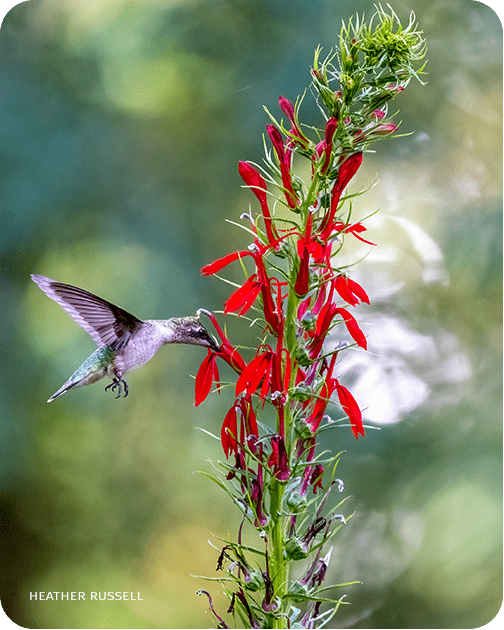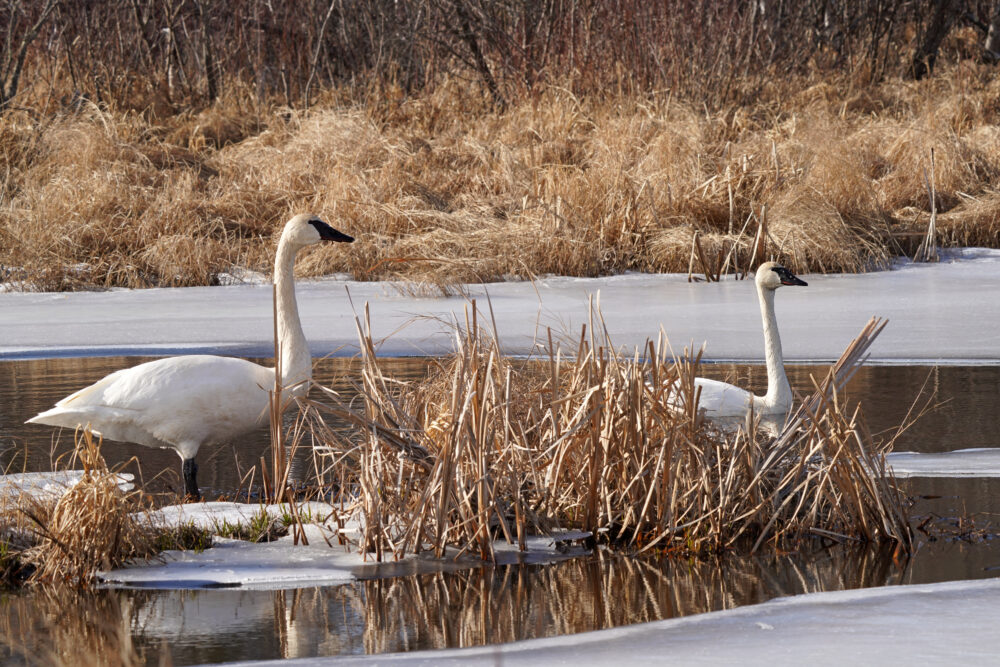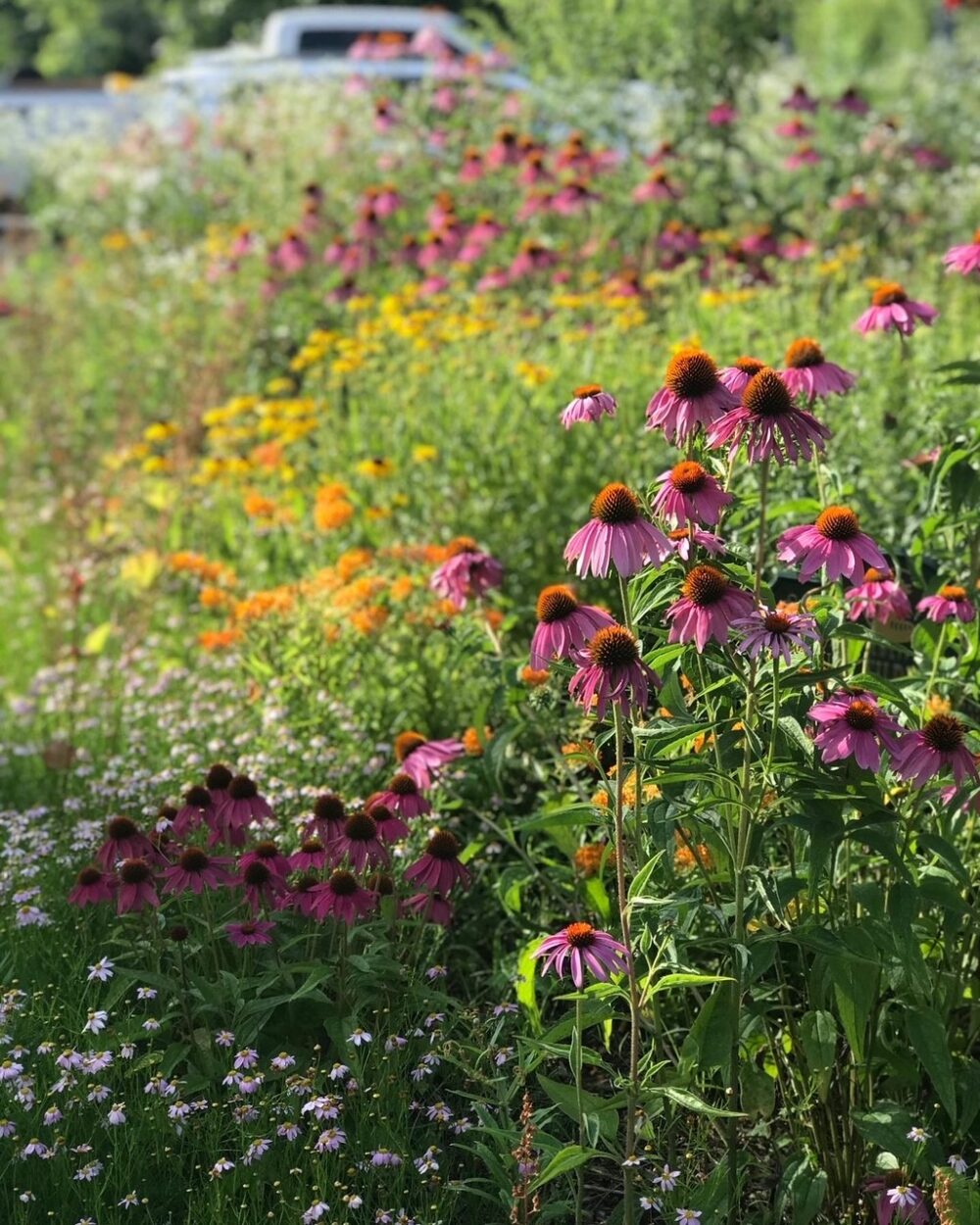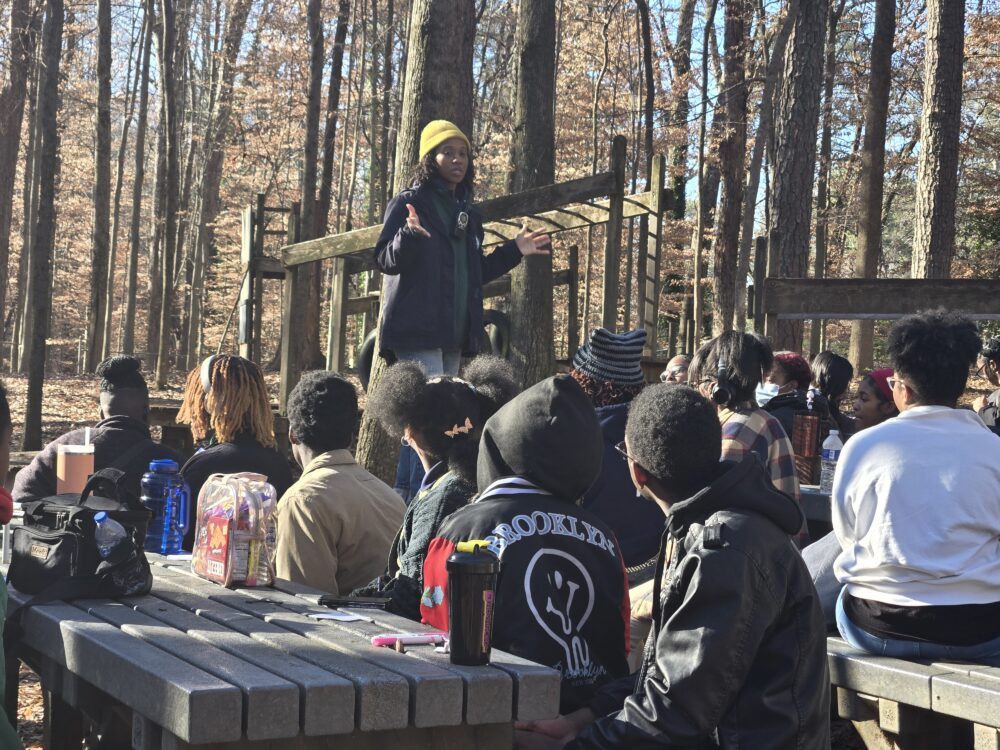We have much more to do and your continued support is needed now more than ever.
Finding Common Ground to Protect Plum Island’s Coastline
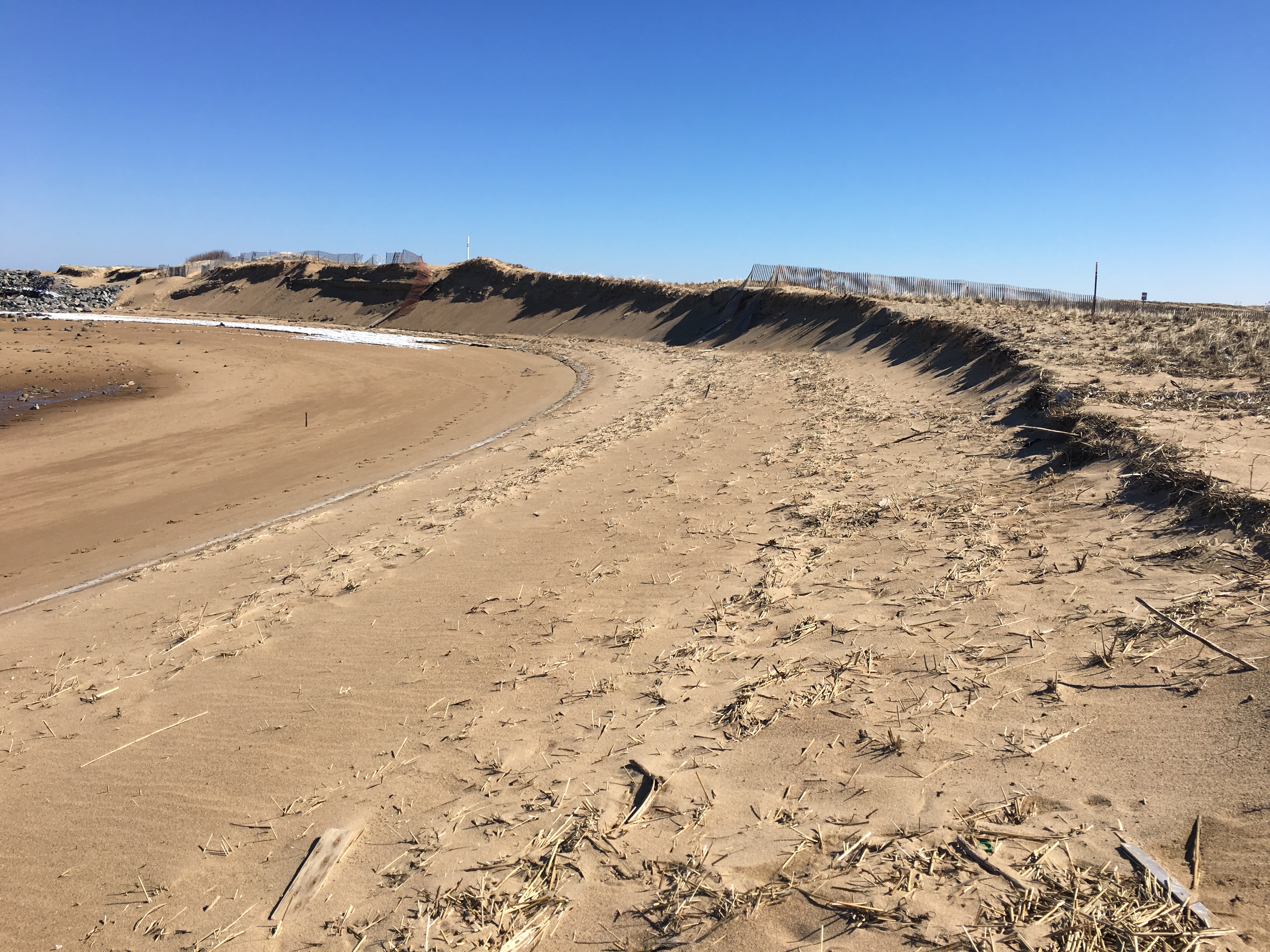
This blog is part of a series highlighting a dune restoration and beach access improvement project that NWF and its partners are engaged in on Plum Island in Newburyport, Massachusetts.
How do you protect and restore important coastal habitats for the benefit of people and wildlife? You begin by finding common ground among the many stakeholders and user groups who have a vested interest. That’s precisely what staff from NWF’s Northeast Regional Center are aiming to do on Plum Island. Located along the north shore of Massachusetts, Plum Island is protected by coastal dunes that serve as a first line of defense against the open ocean. These dunes protect public and private infrastructure from coastal flooding as well as provide habitat for rare and threatened species, like Piping Plovers.
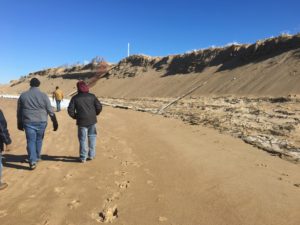
The beach and dunes on the North end of the island are eroding at an alarming rate. But thanks to funding from the Massachusetts office of Coastal Zone Management, this issue is being addressed by a diverse partnership. The National Wildlife Federation, City of Newburyport, University of New Hampshire, and MA Dept. of Conservation & Recreation are working together on a project to restore the dunes, prevent erosion, reduce the risk of flooding, and improve beach access for residents and visitors.
There are currently 25 footpaths through the dunes along a roughly 0.8 mile stretch of coastline. Because foot traffic kills dune vegetation, and vegetation is what anchors a dune in place, reducing the number of paths will help increase the stability of the dunes. However closing paths can be controversial because of the perception that it will limit public access to the beach. To address these concerns, last month NWF and its partners hosted a public meeting and subsequent site visit to solicit input on how to reduce human disturbance of the dunes while simultaneously improving beach access. Over 50 people attended the public meeting and another 20 folks attended the site visit.
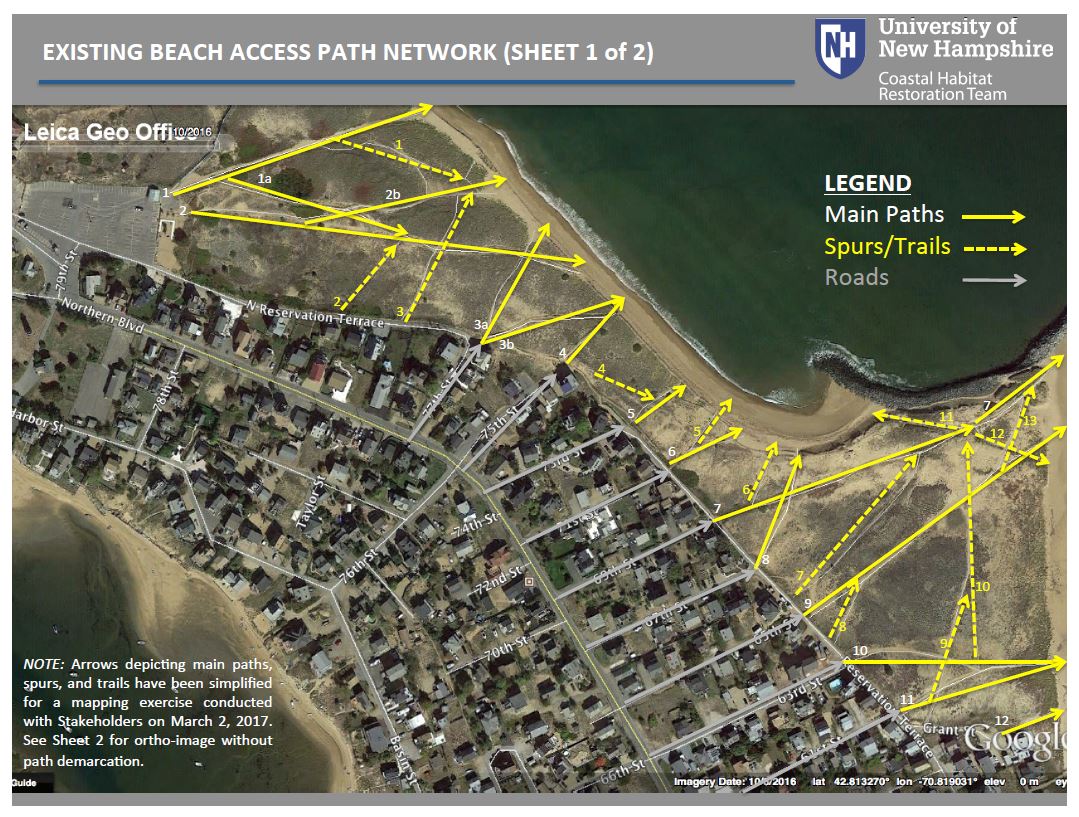
From island residents, off-island visitors, bird watchers, fishermen, and others – everyone has an interest in protecting the dunes and beach for both people and wildlife. However there can be disagreement on how best to protect the natural resource. Through the public meeting and subsequent site visit, most folks were able to find common ground and work towards a shared goal. During the meeting, people worked together in groups to produce beach access recommendations that would facilitate continued wide-spread use of the beach while also protecting the vulnerable dunes.
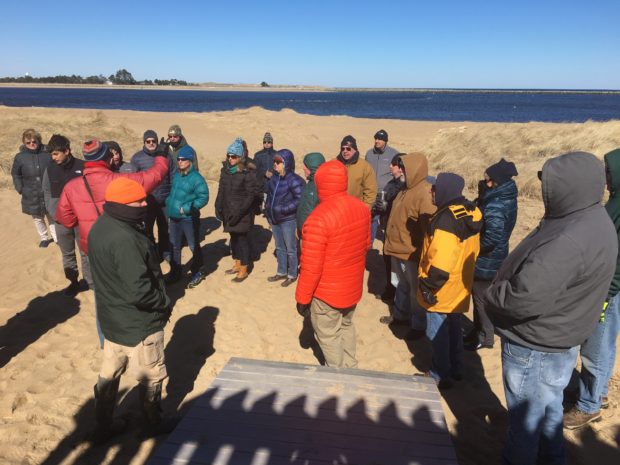
The process is far from over, and the Project Team is hosting another public meeting on May 4th to present their recommendations on how to configure beach access. The recommendations incorporate public input, erosion data, public safety concerns, and natural resource conservation. The Project Team is also in the process of designing signage to help beachgoers find convenient paths from the road to the beach and will be securing Mobi-Mats ® to install on public access trails to make it easier for people to walk to the beach without trampling dune vegetation.
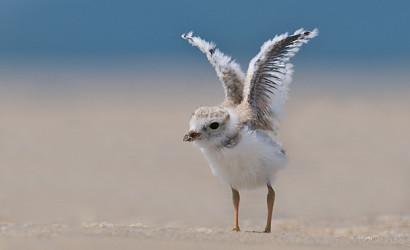
If you live in vicinity of Plum Island, we hope to see you at our next public meeting. We are excited to continue working with all the local stakeholder to find common ground, protect the natural resource, and enhance user access and appreciation of the dunes and beach– a treasure that everyone can agree is worth protecting.



